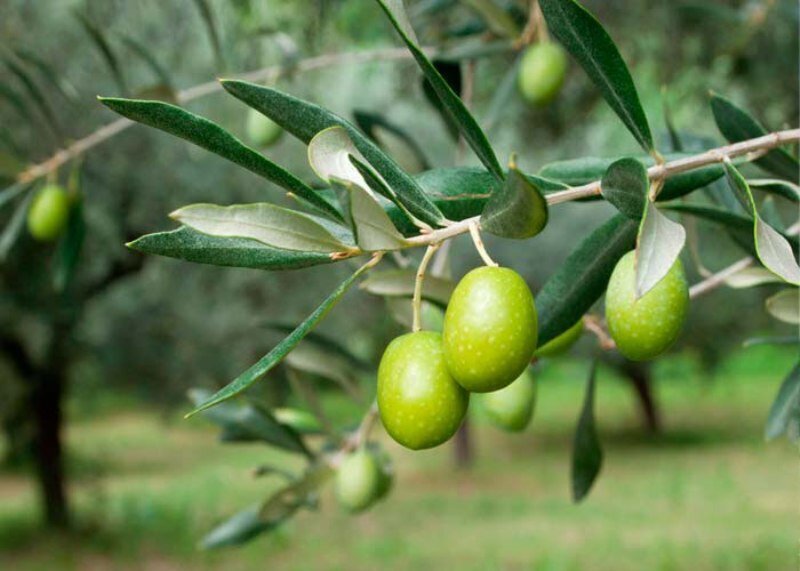

TEHRAN – Iran plans to increase the area under olive cultivation across the country by 4,000 hectares in the current Iranian calendar year (ends on March 20, 2022), an official with the Agriculture Ministry announced.
“Considering the demand and the existence of the necessary infrastructure, it is possible to expand the country’s olive groves by 4,000 hectares if the necessary budget is allocated,” Javad Mir-Arab Razi, who is in charge of the ministry’s olive cultivation development program said.
As IRIB reported, according to the official, over 500 million rials (about $11,900) is required for the cultivation of each hectare of olive gardens, so for the realization of the abovementioned goal about $47.5 million is required.
Nearly 80 percent of the mentioned figure will be funded by the government in the form of bank facilities and the remaining will be paid by the farmers, Mir-Arab said.
Iran has banned the imports of olive oil since the Iranian calendar year 1390 (ended in March 2012) with the aim of supporting domestic production.
The per capita consumption of olive oil is currently 140 grams per year, while two years ago the figure was 200 grams per person, the official said.
The Agriculture Ministry plans to increase annual olive production to around 200,000 tons by 2022 and increase per capita consumption of olive oil to 190 grams per year.
The world’s average per capita olive oil consumption is 430 grams (about three times more than in Iran).
Mir-Arab had previously said that a total of 109,834 tons of olives are estimated to be produced in the current calendar year, 8.47 percent less than last year’s yields.
“We hope 55 percent of this year’s harvest will be sent to oil extraction factories,” he said earlier this month.
The official noted that presently there are 75,000 hectares of olive farms across the country, 58,000 hectares of which are productive.
“Last year, 120,000 tons of olives were produced. Yet, the decline we expect in this year’s production is due to the unfavorable weather conditions facing the country. Cold spells, as well as water shortage, have damaged olive plantations,” he added.
Based on figures released by the Agriculture Ministry, annual domestic demand for olive oil currently stands close to 15,000 tons.
Leading olive growing regions in Iran include Fars, Kerman, Hormozgan, Sistan-Baluchestan, Qazvin, Gilan, Golestan, and Zanjan provinces.
At present, some 40,000 Iranians earn their living through olive cultivation.
EF/MA
 RSS Feed
RSS Feed















 September 19th, 2021
September 19th, 2021  Awake Goy
Awake Goy  Posted in
Posted in  Tags:
Tags: 













